CONTAINER DAMAGE
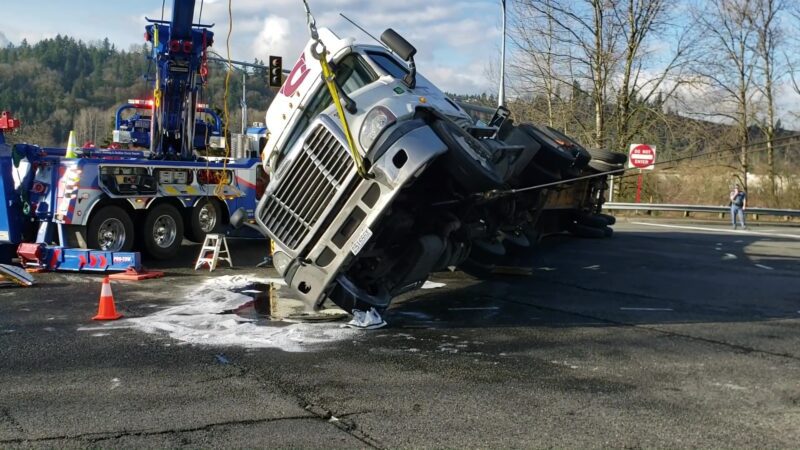
Container maintenance – from avoiding the damage to claiming the costs
Container maintenance is an important process to guarantee the uninterrupted flow in Maritime Logistics. However, container damage is inevitable and can happen at any stage of shipping, from the point of loading to unloading. Eventually, container owners or shipping companies end up paying for these various costs even when it is not their fault.
Main reasons for damaged containers
Freight waves states that ”One out of four containers that pass through US ports gets damaged at some interchange points”. Damage could be the result of natural disasters, human error, or machine malfunctions. The first human error usually is the wrong choice of container for your cargo. Something that can also impact how well you can stuff your cargo and avoid freight damages. Once you have the right container, it needs to be surveyed for previous damages, odors, holes, ventilation, cleanliness, temperature control, proper flooring. When the surveyor has given the green light to the container, it can be stowed, which brings us to the next issue which is stowing.
Bad stowing is one of the biggest reasons to cause physical damage to the container. Overloading the container, uneven distribution of the weight, tying up the cargo in a loose manner, or insufficient use of dunnage can cause the cargo to sway during the transport. This results from the lack of supervision of the shippers, lack of knowledge in cargo stowing, and trying to save costs without understanding the consequences.
The next influential factor in container damage is the weather. Weather is unpredictable and causes internal and external damage. The air near the ocean has high levels of moisture and when they get trapped in the container, they settle in the colder areas. When the container goes to a hotter region, the moisture condenses into water and climbs on to the walls and the ceiling and starts to drip down causing Container Rain. This results in rusting and corrosion of the container walls.
Containers can be deemed unworthy to use because of contamination. They could be contaminated with pests or sometimes odor. For instance, a container that previously carried food items can pass on the odor to the next cargo item such as clothing.
Container damages also happen while loading and unloading. Inexperienced fork lifters can cause punctures, dents, stack them unevenly, or drop containers. If the dents or punctures haven’t caused extensive damage they can be patched up. Because of the damage, containers sustain during transit and shipping, the boxes have to be inspected on a regular basis. One of the things that are checked, is the maximum load stacking capacity before it starts warping. That’s also called the Container racking Test.
Types of Container Damage and how you avoid it
Physical damage to a container can happen at every transit point from loading or unloading to through bad container handling. This also impacts the container conditions, which impacts what a container costs and what it can be used to. Below you can see a list of the most common damages and some prevention tips:
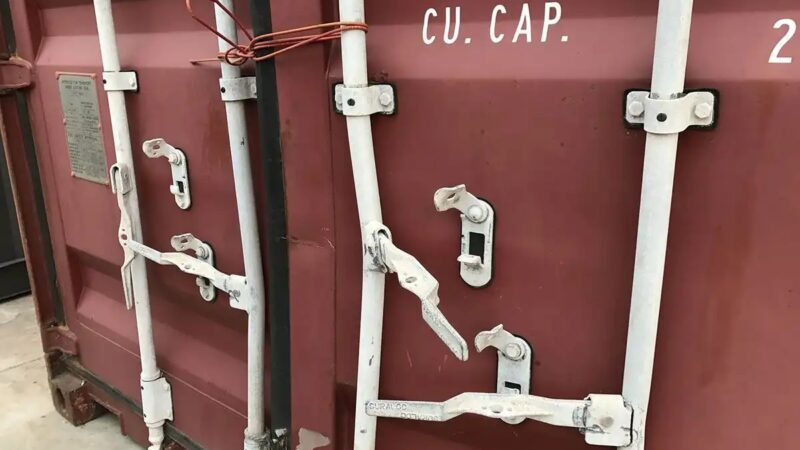
Broken container doors:
This can happen due to bad handling of the container, careless securing of the container while loading, road accidents or robbers.
Tip: The container frames should be checked at the terminal. Repair if possible, if not notify the shipper before the dispatch.
Total loss of container while on the ship:
can happen when the ship is swaying due to bad weather, sinking, bad stacking of containers, wrongly declared weight, bad stowing of cargo.
Tip: The crew needs to act on weather-related warnings, steer clear from storms, follow colregs to avoid a collision, the lashing needs to be done properly, check the condition of lashing regularly.
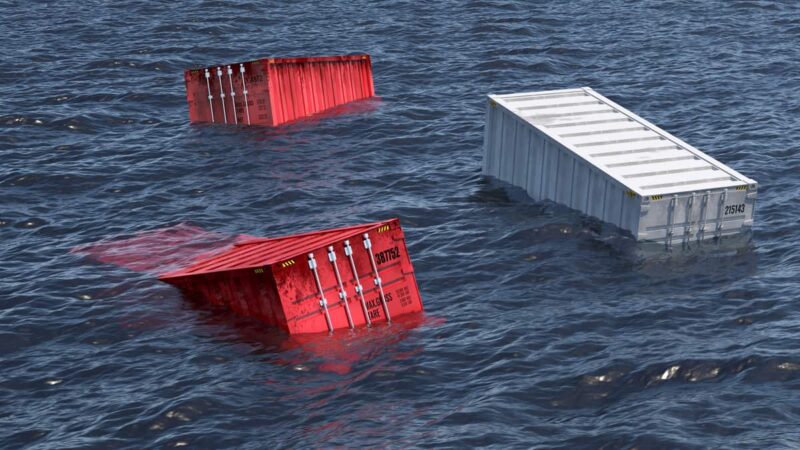

Dented and scratched container:
Happens due to the poor handling of the container by forklifts, scrapping with other containers, road accidents.
Tip: Check the frames at the dispatch points, educate the drivers and crane operators on proper handling.
Dropped container:
It can happen due to a faulty forklift, overloaded container, poor handling.
Tip: Check for container casting conditions, stack container symmetrically, and do not overload containers.
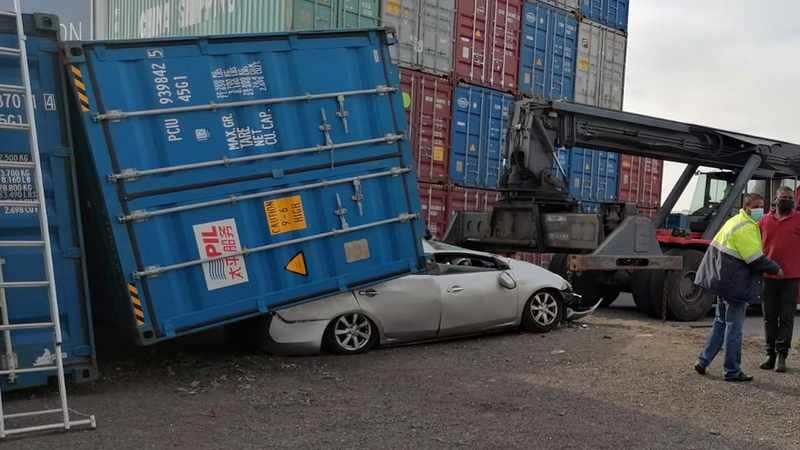
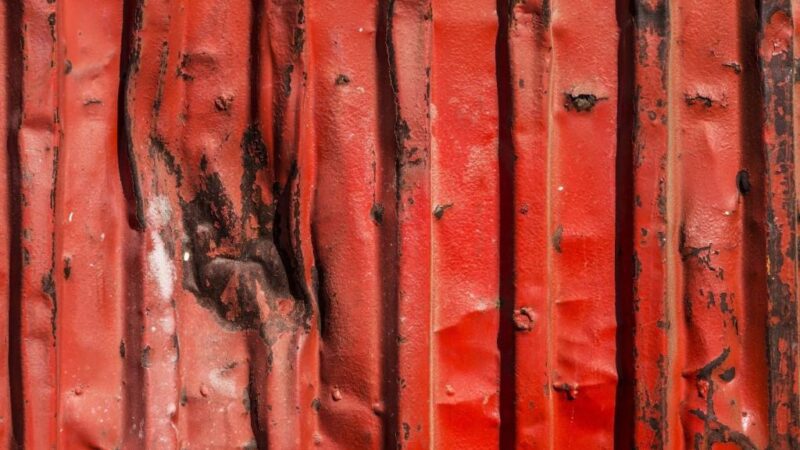
Heat damage:
due to wrongly declared goods on containers, fire on board.
Tip: Comply with IMDG Code regulations for segregation/heat sources, avoid storing near heated region.
Road accident:
Containers can be damaged due to bad weather, bad road conditions, bad stowage, driver fatigue.
Tip: Road haulers need to be professional on the road, check for proper stowage.
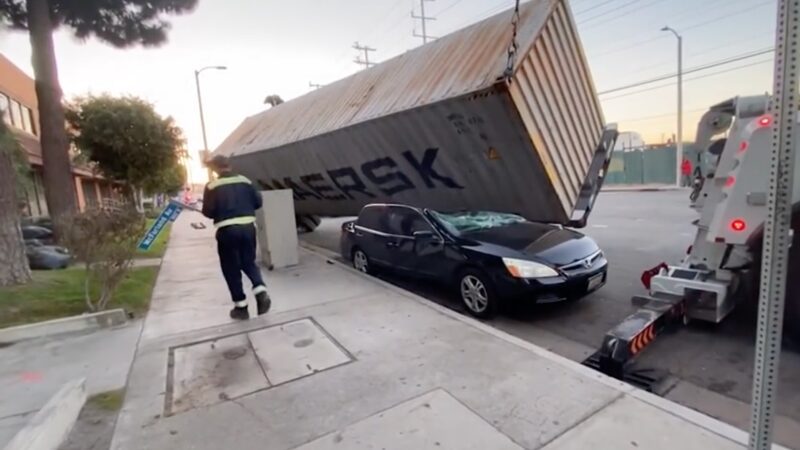
Proper container maintenance today to save up on the fixing costs tomorrow
Apart from the above cases, it is important to conduct regular surveys of the container to ensure a smooth flow of operations. An essential step in container maintenance would be to get an inspector to check the container thoroughly, create a virtual proof, check for previous damages, get them fixed, make sure you have the right container before you start using it.
While the weather conditions cannot be controlled, containers can be lined with insulation to moderate the temperature in the container above the dew point. Usage of desiccants, which reduces the humidity in the air, can also be used in the containers for moisture control, preventing condensation and thereby corrosion.
Despite the proper technical maintenance unforeseen circumstances can still rise, that is why insuring the container is a vital step! Container insurance plans offered by HIG helps protect you from container damages, mysterious disappearance or total loss and starts at $2.5 per standard container. Read more about how you can benefit from 2 types of container insurance with us or click below and get your insurance offer in no time.
